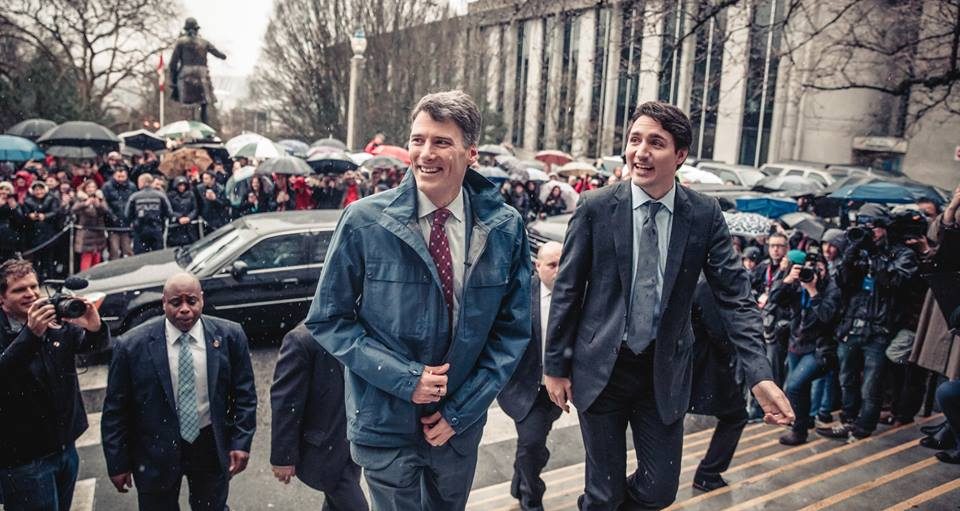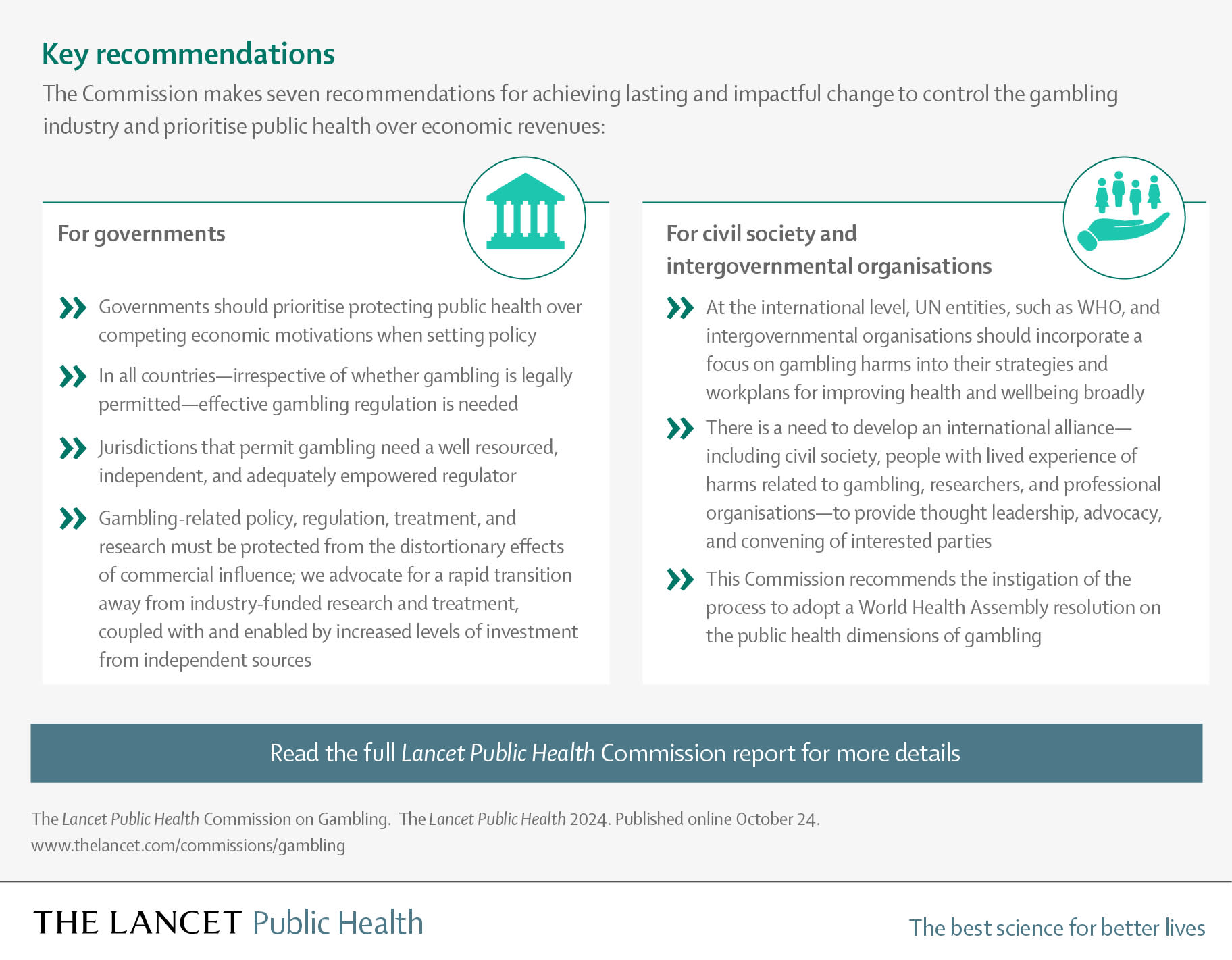Gregor Robertson: Affordable Housing Without A Market Crash

Table of Contents
Robertson's Key Affordable Housing Initiatives
During his time as Mayor, Gregor Robertson spearheaded several significant initiatives to increase the supply of affordable housing in Vancouver. These strategies focused on increasing density, incentivizing developers, and directly investing in social housing. Key policies included:
-
Increased Density in Targeted Areas: Robertson's administration focused on strategically increasing density in specific zones, particularly near transit lines and existing infrastructure. This aimed to maximize the efficient use of land and minimize urban sprawl. The rationale was that higher density, while potentially controversial, is crucial for creating more housing units within the existing city boundaries, thus increasing supply and potentially easing pressure on prices. This included encouraging the development of taller buildings and mixed-use developments.
-
Implementation of Inclusionary Zoning Bylaws: A key element of Robertson's strategy was the introduction of inclusionary zoning. This policy required developers of larger projects to include a certain percentage of affordable housing units within their developments. This incentivized private sector participation in creating affordable options, effectively leveraging private development for public benefit. Examples include several projects in the False Creek area that incorporated affordable rental units as part of larger condominium developments.
-
Significant Investment in Social Housing Initiatives: Robertson's administration also committed substantial funds towards the development and maintenance of social housing. This involved constructing new social housing units and renovating existing ones, providing vital housing support for low-income individuals and families. These initiatives aimed to address the most pressing need for affordable housing for vulnerable populations.
-
Exploration of Land Value Capture Mechanisms: Recognizing that development generates increased land value, the city explored various land value capture mechanisms. The goal was to capture a portion of this increased value to fund affordable housing initiatives. While the implementation of these mechanisms faced challenges, the exploration represented a commitment to innovative funding solutions for affordable housing.
Balancing Affordable Housing with Market Stability
The impact of Robertson's policies on Vancouver's housing market is complex and subject to ongoing debate. However, several key points can be analyzed:
-
Increased Housing Supply and its Effect on Prices: While the extent of the impact is debated, the increased supply of housing units, particularly rental units, arguably helped alleviate some pressure on rental and purchase prices, although the overall affordability crisis remained a significant concern. Statistics on the rate of housing construction during Robertson's tenure are needed for a more thorough evaluation.
-
Impact on Property Values: The impact on property values in surrounding areas is a multifaceted issue. Increased density in certain neighborhoods might have caused a slight dip in prices for some properties, while properties in other areas might have experienced price increases due to improved infrastructure and amenities. A detailed analysis of property values across different neighborhoods during this period would provide more specific insights.
-
Effectiveness in Addressing Affordability Concerns: While Robertson's initiatives undeniably increased the supply of affordable housing, they were not a complete solution. The policies arguably had a greater positive impact on the lower-middle to middle-income brackets through increased rental supply. High-end housing costs remained largely unaffected, highlighting the complexity of the affordability challenge.
Challenges and Criticisms of Robertson's Approach
Despite the ambitious goals, Robertson's approach faced significant challenges:
-
High Construction Costs and Land Prices: Vancouver's notoriously high construction costs and land prices presented a significant hurdle to creating a substantial amount of affordable housing.
-
Lengthy Development Approvals: The complex and lengthy approval processes for development projects further hampered progress. Streamlining these processes could have accelerated the delivery of affordable housing.
-
NIMBYism (Not In My Backyard): Resistance from some residents (NIMBYism) against increased density and new developments, particularly in established neighborhoods, frequently delayed or even prevented projects from going forward. This opposition highlights the political complexities involved in implementing ambitious urban planning initiatives.
-
Policy Limitations: The implemented policies, while ambitious, were not a silver bullet for solving the complex housing crisis. The scale of the problem necessitates multiple, long-term strategies, and Robertson's approach, while valuable, didn't solve the problem completely.
Conclusion
Gregor Robertson's tenure as Mayor saw the implementation of several significant initiatives aimed at addressing Vancouver's affordable housing crisis. These included increasing density, employing inclusionary zoning, investing in social housing, and exploring land value capture mechanisms. While these policies contributed to an increase in housing supply and offered some relief to specific segments of the population, challenges like high construction costs, lengthy approval processes, NIMBYism, and the scale of the housing crisis itself limited their overall effectiveness. Learning from his experiences, particularly the balance between providing affordable housing and maintaining market stability, is critical. Further research into successful affordable housing models, perhaps through resources like the CMHC website, can inform the development of more effective strategies in other communities. The pursuit of sustainable and affordable housing solutions remains a critical challenge; let's learn from the past to build a better future, utilizing successful elements of Gregor Robertson's approach and adapting them to local contexts.

Featured Posts
-
 Onrust Op Amerikaanse Beurs Maar Aex Klimt Analyse Van De Markten
May 25, 2025
Onrust Op Amerikaanse Beurs Maar Aex Klimt Analyse Van De Markten
May 25, 2025 -
 La Wildfires A Reflection Of Our Times Through The Lens Of Gambling
May 25, 2025
La Wildfires A Reflection Of Our Times Through The Lens Of Gambling
May 25, 2025 -
 As Monaco La Composition De L Equipe Face A Nice
May 25, 2025
As Monaco La Composition De L Equipe Face A Nice
May 25, 2025 -
 Baffie Ardisson Une Dispute Explosive Il Vient Cracher Dans La Soupe
May 25, 2025
Baffie Ardisson Une Dispute Explosive Il Vient Cracher Dans La Soupe
May 25, 2025 -
 Lion Kings Land Of Sometimes Tim Rices Lyrical Contribution
May 25, 2025
Lion Kings Land Of Sometimes Tim Rices Lyrical Contribution
May 25, 2025
